Ana Brnabić: Otvaranje brze saobraćajnice do Loznice je još jedan istorijski dan za Srbiju
29. decembar 17:39
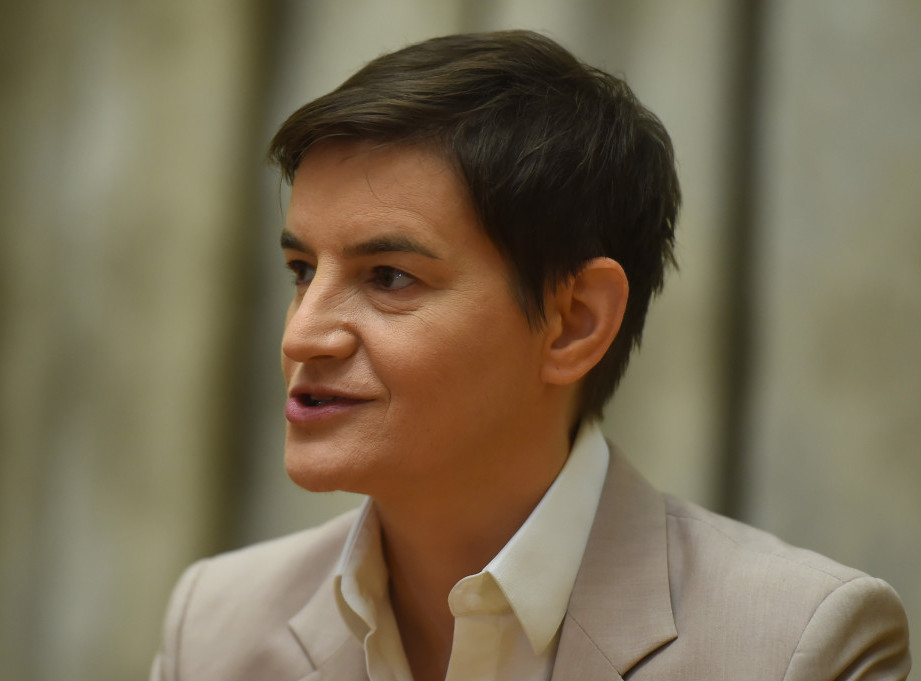
13. april 2023 14:25
podeli vest
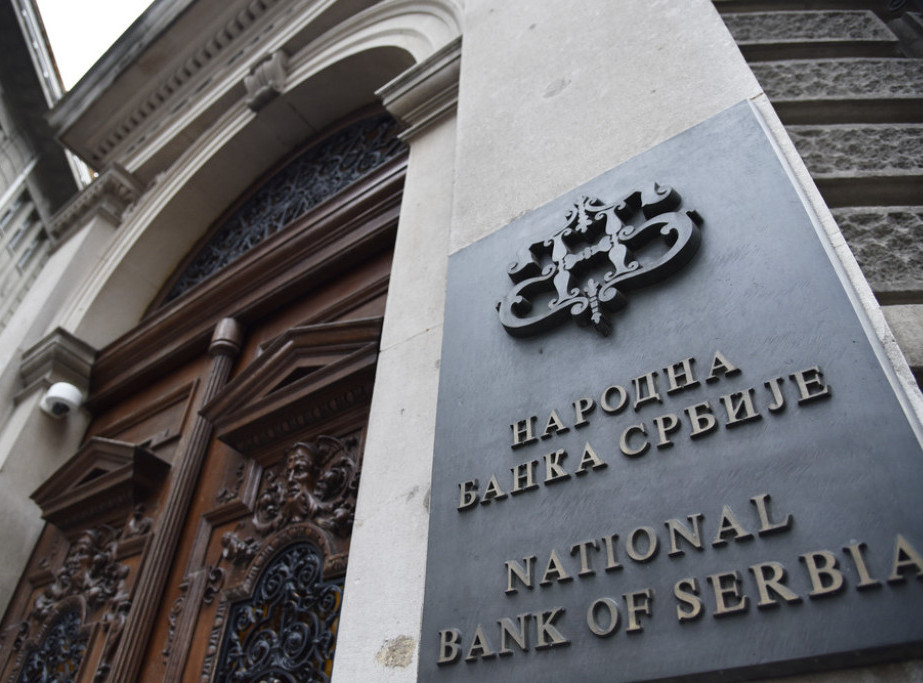
Foto: Shutterstock.com/ToskanaINC, ilustracija
BELGRADE - Serbian March inflation was 0.9 pct m-o-m and 16.2 pct y-o-y, with food and energy price increases still accounting for about two thirds of headline inflation, the National Bank of Serbia (NBS) said.
In a statement, it said m-o-m and y-o-y inflation in March was "in line with NBS projections for Q1."
"Similarly to the previous month, the monthly inflation path was marked notably by rising food prices and, to a lesser extent, price increases within core inflation. Around two thirds of contribution to headline inflation still relate to food and energy price growth," it said.
"In March, processed food prices picked up 0.8 pct relative to February, which is smaller growth compared to previous months.
Unprocessed food prices were up 3.8 pct, led by higher vegetable prices. Y-o-y, in March the prices of food and non-alcoholic beverages rose by 25.4 pct, primarily due to supply-side factors on which monetary policy measures have a limited effect. These primarily include the pass-through of elevated cost-push pressures from the prior period and negative effects of last year’s drought in Serbia and most of Europe. On the other hand, energy prices declined softly, by 0.1 pct m-o-m in March, due mainly to a further decline in solid fuel prices, while the prices of petroleum products remained unchanged, on average," the central bank said.
"The monthly increase in prices within core inflation was slower compared to headline inflation, equalling 0.6 pct in March. Y-o-y, core inflation (CPI excluding food, energy, alcohol and cigarettes) is still much below headline inflation - in March it measured 11.3 pct, largely reflecting the preserved relative stability of the exchange rate amid exceptionally volatile global conditions.
Under the current projection, we expect inflation to strike a downward path as of Q2 and decline more vigorously in H2 2023, ending the year at a level twice lower than now. Acting towards the calming of inflationary pressures will be the past tightening of monetary conditions, the weakening of effects of global factors that led the past growth in energy and food prices, a slowdown in imported inflation, and dented external demand amid the anticipated slowing of global growth," it also said.
29. decembar 10:58
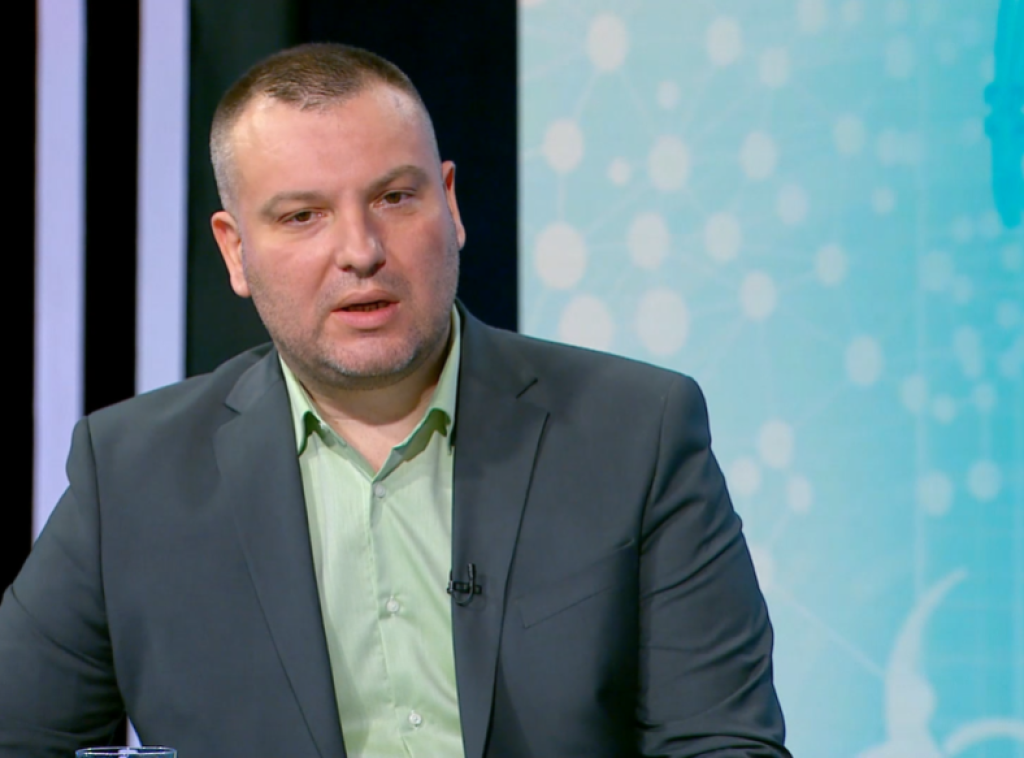
29. decembar 18:06

29. decembar 16:52
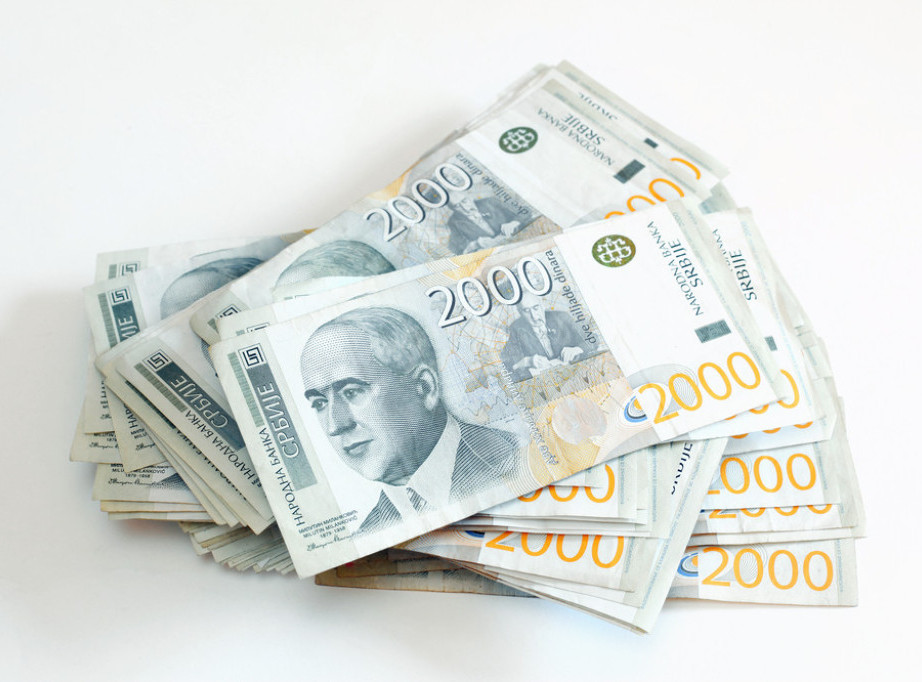
29. decembar 16:34

29. decembar 16:02
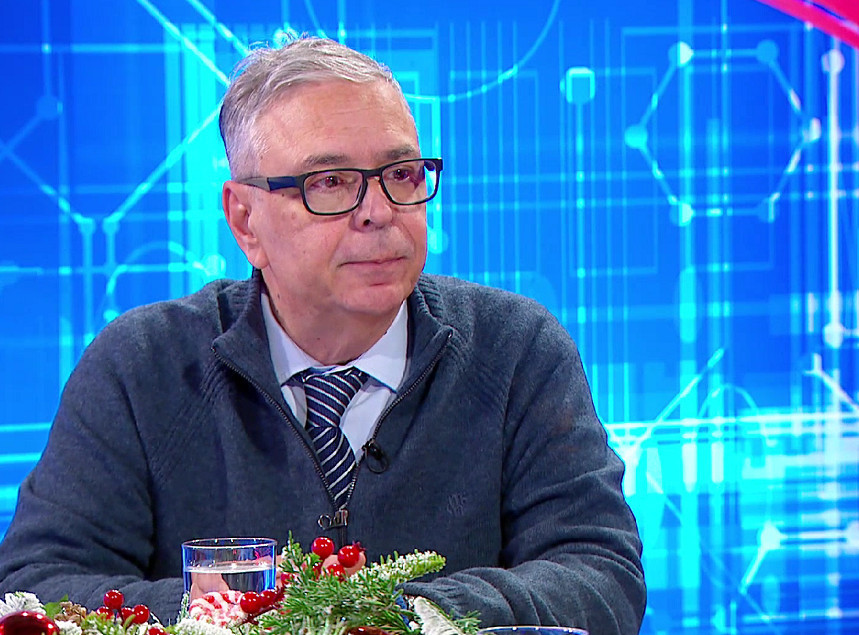
29. decembar 19:58
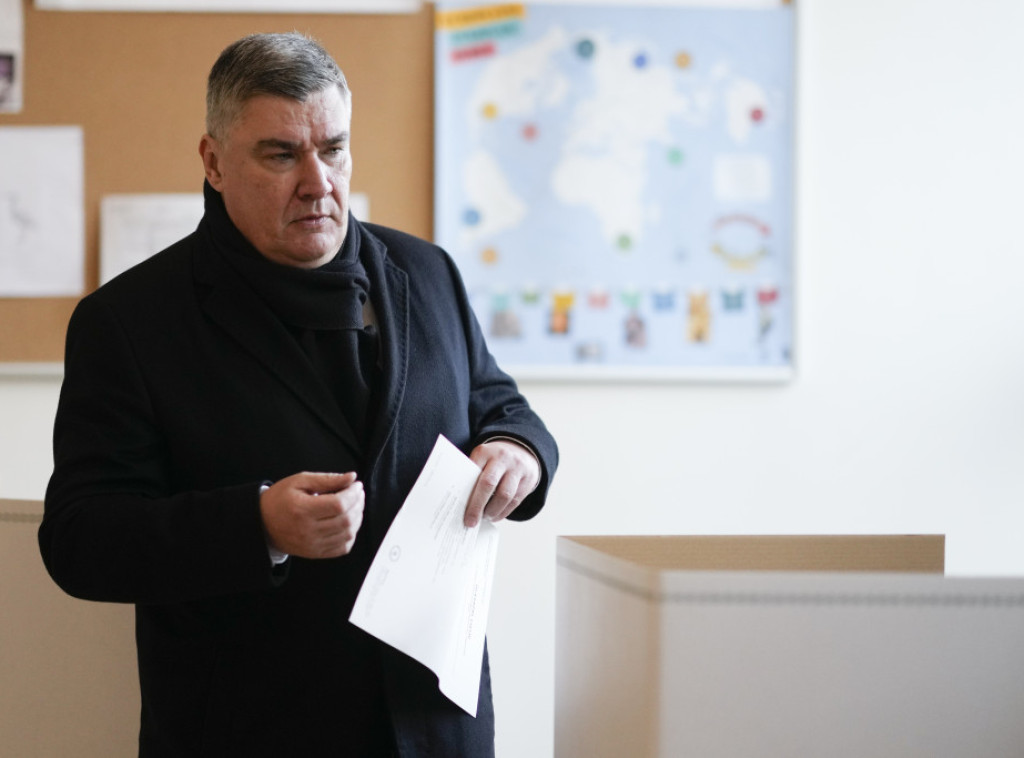
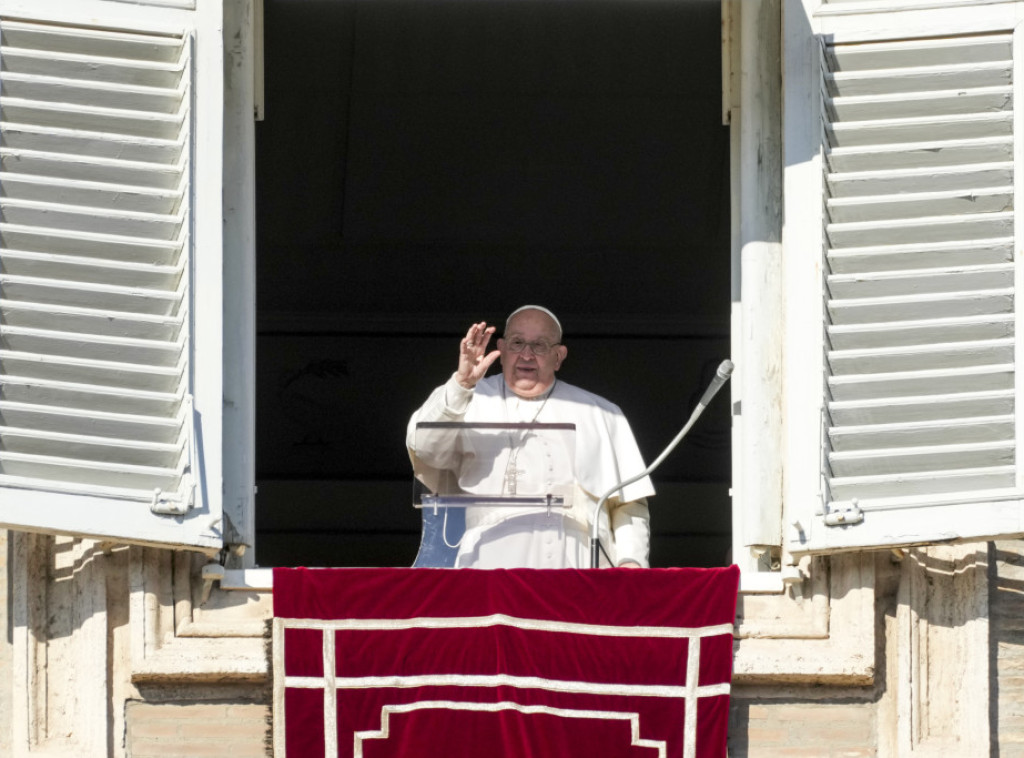

29. decembar 19:02

29. decembar 18:06

29. decembar 20:00


29. decembar 19:02

29. decembar 18:06

29. decembar 19:28

29. decembar 19:24



20. decembar 13:28

19. decembar 23:06
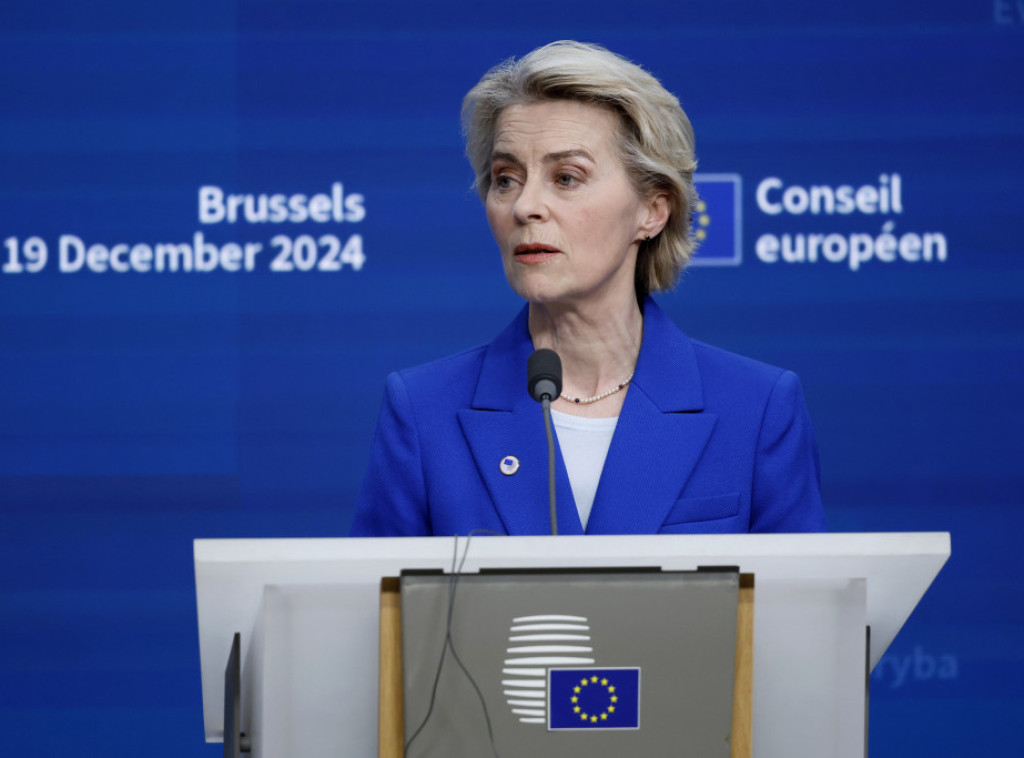
19. decembar 21:04

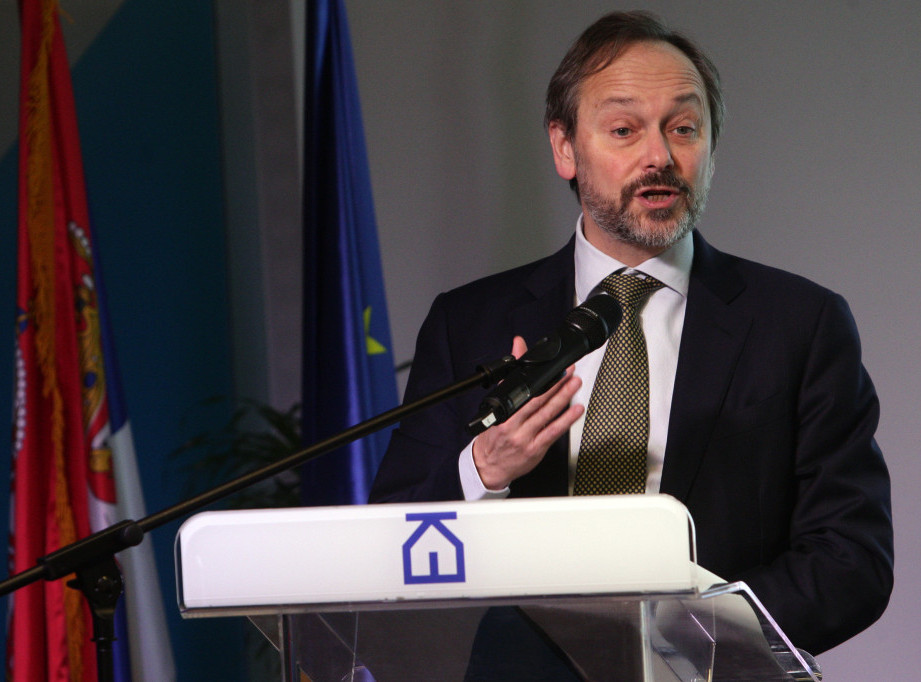
20. novembar 17:11
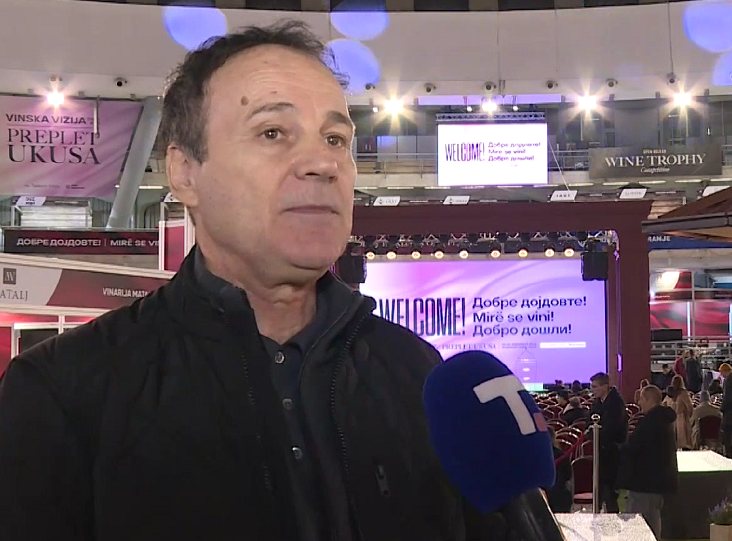
18. novembar 15:04

9. novembar 22:08

29. decembar 06:22


28. decembar 15:45

28. decembar 13:40

29. decembar 18:47

29. decembar 15:41
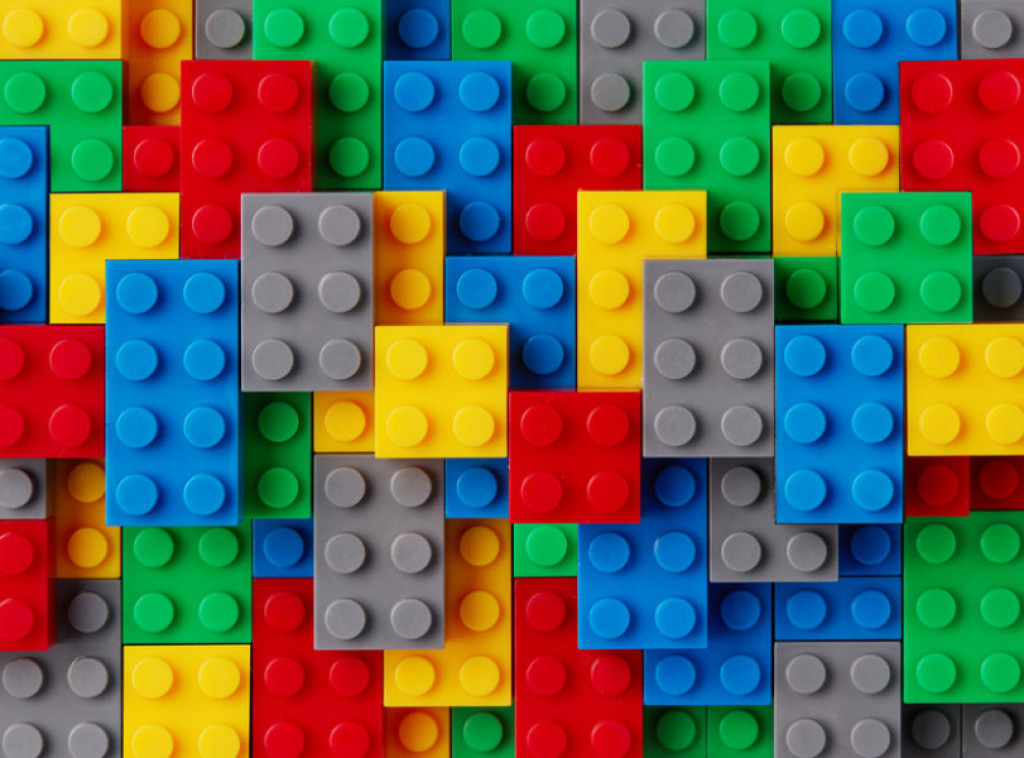
28. decembar 19:06

